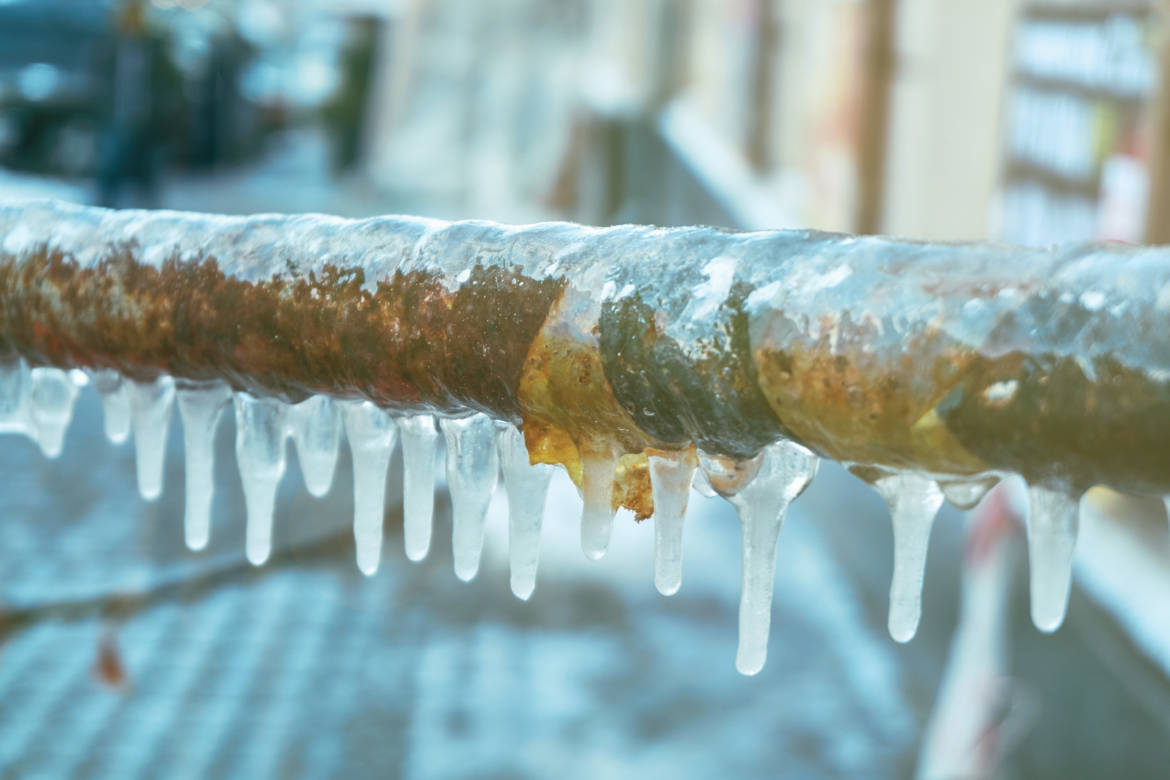Almost everyone seems to have their own idea with regards to How To Avoid Freezing Pipes.

Cold weather can damage your plumbing, specifically by freezing pipes. Below's exactly how to stop it from occurring and what to do if it does.
Introduction
As temperatures decline, the danger of frozen pipelines boosts, possibly resulting in costly repair work and water damage. Understanding just how to avoid frozen pipelines is important for property owners in cold environments.
Recognizing Frozen Pipes
What triggers pipes to freeze?
Pipelines ice up when revealed to temperature levels below 32 ° F (0 ° C) for expanded periods. As water inside the pipelines freezes, it expands, taxing the pipe walls and potentially triggering them to rupture.
Threats and damages
Frozen pipes can cause water supply disturbances, property damages, and costly fixings. Burst pipes can flood homes and cause comprehensive architectural damages.
Indicators of Frozen Piping
Recognizing frozen pipelines early can prevent them from rupturing.
How to determine frozen pipelines
Try to find lowered water flow from faucets, unusual odors or noises from pipes, and noticeable frost on revealed pipes.
Avoidance Tips
Insulating susceptible pipelines
Cover pipelines in insulation sleeves or use heat tape to shield them from freezing temperature levels. Focus on pipelines in unheated or outside areas of the home.
Home heating strategies
Maintain indoor areas appropriately warmed, particularly locations with plumbing. Open up closet doors to enable warm air to flow around pipelines under sinks.
Safeguarding Outside Plumbing
Garden hoses and outside taps
Disconnect and drain pipes yard pipes before winter season. Install frost-proof spigots or cover outside taps with shielded caps.
What to Do If Your Pipes Freeze
Immediate actions to take
If you suspect frozen pipes, maintain taps open up to soothe stress as the ice thaws. Use a hairdryer or towels soaked in warm water to thaw pipes gradually.
Long-Term Solutions
Architectural modifications
Think about rerouting pipes far from exterior wall surfaces or unheated locations. Include additional insulation to attic rooms, basements, and crawl spaces.
Updating insulation
Invest in high-quality insulation for pipes, attic rooms, and walls. Correct insulation aids preserve consistent temperature levels and lowers the threat of icy pipelines.
Final thought
Stopping frozen pipes requires aggressive procedures and fast actions. By understanding the causes, indications, and safety nets, property owners can safeguard their pipes during winter.
5 Ways to Prevent Frozen Pipes
Drain Outdoor Faucets and Disconnect Hoses
First, close the shut-off valve that controls the flow of water in the pipe to your outdoor faucet. Then, head outside to disconnect and drain your hose and open the outdoor faucet to allow the water to completely drain out of the line. Turn off the faucet when done. Finally, head back to the shut-off valve and drain the remaining water inside the pipe into a bucket or container. Additionally, if you have a home irrigation system, you should consider hiring an expert to clear the system of water each year.
Insulate Pipes
One of the best and most cost-effective methods for preventing frozen water pipes is to wrap your pipes with insulation. This is especially important for areas in your home that aren’t exposed to heat, such as an attic. We suggest using foam sleeves, which can typically be found at your local hardware store.
Keep Heat Running at 65
Your pipes are located inside your walls, and the temperature there is much colder than the rest of the house. To prevent your pipes from freezing, The Insurance Information Institute suggests that you keep your home heated to at least 65 degrees, even when traveling. You may want to invest in smart devices that can keep an eye on the temperature in your home while you’re away.
Leave Water Dripping
Moving water — even a small trickle — can prevent ice from forming inside your pipes. When freezing temps are imminent, start a drip of water from all faucets that serve exposed pipes. Leaving a few faucets running will also help relieve pressure inside the pipes and help prevent a rupture if the water inside freezes.
Open Cupboard Doors
Warm your kitchen and bathroom pipes by opening cupboards and vanities. You should also leave your interior doors ajar to help warm air circulate evenly throughout your home.

As a keen reader on How To Avoid Freezing Pipes, I think sharing that excerpt was a great idea. Do you know about somebody else who is fascinated about the subject? Feel free to promote it. I am grateful for your time. Kindly pay a visit to our website back soon.
Click For More Information